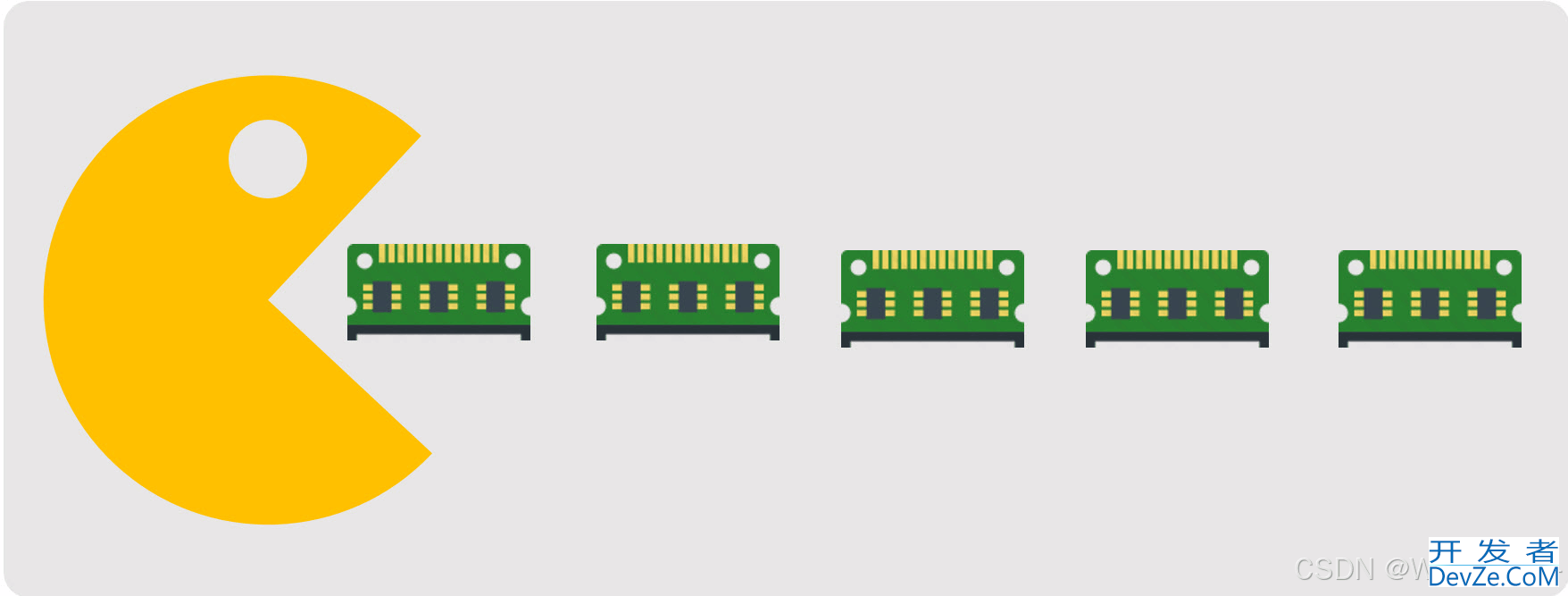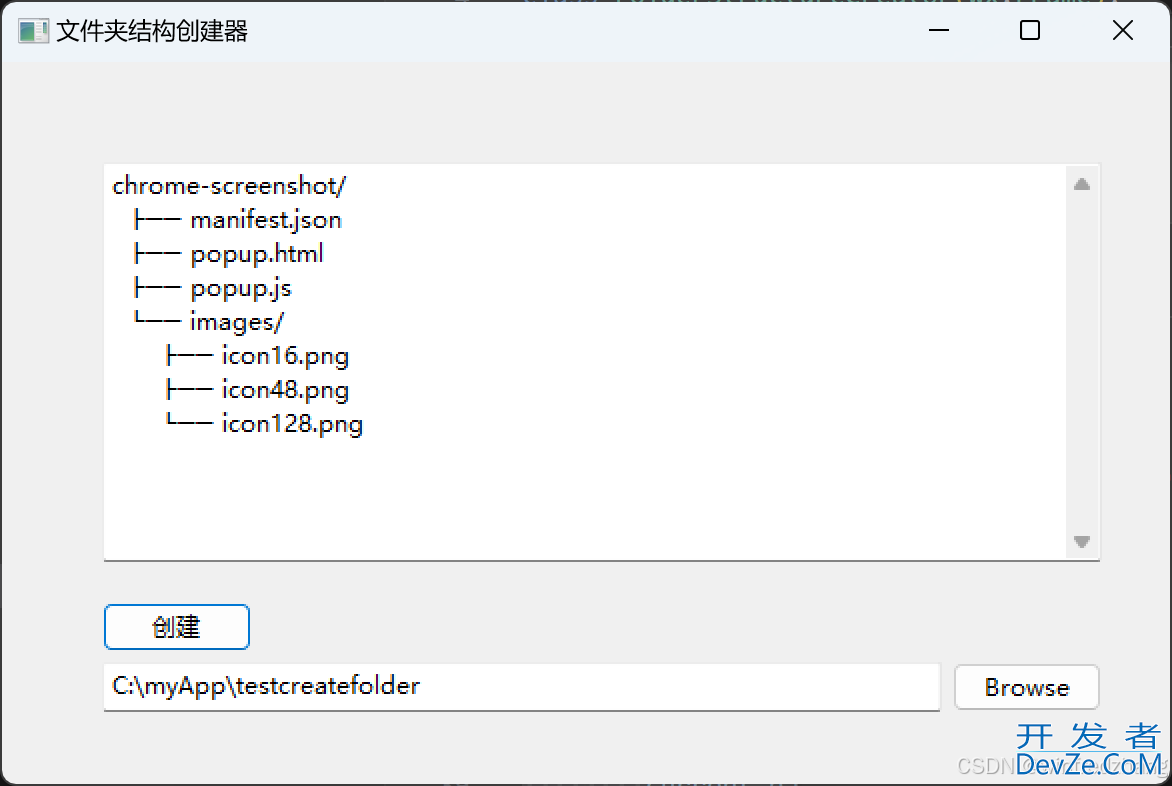目录
- 类结构
- 获取注解
- 注入
- Field 注入
- Method 注入
- 总结
在前面的文章中,我们介绍过,基于注解的包扫描模式下,会默认注册一系列的后置处理器,其中,就包含一个 AutowiredAnnotationBeanPostProcessor,这个处理器默认就会处理 @Autowired 和 @Value 注解。
类结构

从图中可知,这是一个 MergedBeanDefinitionPostProcessor 实现类,所以会在每一个实例对象创建时,当实例化结束,还未提前暴露时,对实例对象进行处理。
// AutowiredAnnotationBeanPostProcessor
@Override
public void postProcessMergedBeanDefinition(RootBeanDefinition beanDefinition, Class<?> beanType, String beanName) {
InjectionMetadata metadata = findAutowiringMetadata(beanName, beanType, null);
metadata.checkConfigMembers(beanDefinition);
}
获取注解
private InjectionMetadata findAutowiringMetadata(String beanName, Class<?> clazz, @Nullable PropertyValues pvs) {
// 确定缓存 key
String cacheKey = (StringUtils.hasLength(beanName) ? beanName : clazz.getName());
// 从缓存获取 InjectionMetadata
InjectionMetadata metadata = this.injectionMetadataCache.get(cacheKey);
// metadata 为 null,python表示需要刷新
if (InjectionMetadata.needsRefresh(metadata, clazz)) {
synchronized (this.injectionMetadataCache) {
metadata = this.injectionMetadataCache.get(cacheKey);
if (InjectionMetadata.needsRefresh(metadata, clazz)) {
if (metadata != null) {
metadata.clear(pvs);
}
// 创建 metadata
metadata = buildAutowiringMetadata(clazz);
// 放入缓存
this.injectionMetadataCache.put(cacheKey, metadata);
}
}
}
return metadata;
}
private InjectionMetadata buildAutowiringMetadata(Class<?> clazz) {
// autowiredAnnotationTypes 两种类型 @Autowired/@Value
if (!AnnotationUtils.isCandidateClass(clazz, this.autowiredAnnotationTypes)) {
return InjectionMetadata.EMPTY;
}
List<InjectionMetadata.InjectedElement> elements = new ArrayList<>();
Class<?> targetClass = clazz;
do {
final List<InjectionMetadata.InjectedElement> currElements = new ArrayList<>();
// 处理 Field 上注解
ReflectionUtils.doWithLocalFields(targetClass, field -> {
MergedAnnotation<?> ann = findAutowiredAnnotation(field);
if (ann != null) {
// static 不支持注入
if (Modifier.isStatic(field.getModifiers())) {
if (logger.isInfoEnabled()) {
logger.info("Autowired annotation is not supported on static fields: " + field);
}
return;
}
// 默认 true
boolean required = determineRequiredStatus(ann);
currElements.add(new AutowiredFieldElement(field, required));
}
});
// 处理 Method 上注解
ReflectionUtils.doWithLocalMethods(targetClass, method -> {
Method bridgedMethod = BridgeMethodResolver.findBridgedMethod(method);
if (!BridgeMethodResolver.isVisibilityBridgeMethodPair(method, bridgedMethod)) {
return;
}
MergedAnnotation<?> ann = findAutowiredAnnotation(bridgedMethod);
if (ann != null && method.equals(ClassUtils.getMostSpecificMethod(method, clazz))) {
if (Modifier.isStatic(method.getModifiers())) {
if (logger.isInfoEnabled()) {
logger.info("Autowired annotation is not supported on static methods: " + method);
}
return;
}
if (method.getParameterCount() == 0) {
if (logger.isInfoEnabled()) {
logger.info("Autowired annotation should only be used on methods with parameters: " +
method);
}
}
boolean required = determineRequiredStatus(ann);
// Method 比 Field 多了 PropertyDescriptor
PropertyDescriptor pd = BeanUtils.findPropertyForMethod(bridgedMethod, clazz);
currElements.add(new AutowiredMethodElement(method, required, pd));
}
});
elements.addAll(0, currElements);
targetClass = targetClass.getSuperclass();
}
while (targetClass != null && targetClass != Object.class);
return InjectionMetadata.forElements(elements, clazz);
}
@Nullable
private MergedAnnotation<?> findAutowiredAnnotation(AccessibleObject ao) {
// TypeMappedAnnotations
MergedAnnotations annotations = MergedAnnotations.from(ao);
for (Class<? extends Annotation> type : this.autowiredAnnotationTypes) {
// 获取指定 type 对应的 TypeMappedAnnotation,存在,将对应的 TypeMappedAnnotation 返回
MergedAnnotation<?> annotation = annotations.get(type);
if (annotation.isPresent()) {
return annotation;
}
}
return null;
}
可以看到,获取当前类及其父类中 Field 或 Method 上定义的注解,此时封装为 TypeMappedAnnotations,接着获取指定注入注解类型对应的 TypeMappedAnnotation,存在,返回 TypeMappedAnnotation,从中获取注解属性 "required" 对应的值,默认 true,之后将 Field 或 Method 封装成 InjectionMetadata.InjectedElement,加入 elements 集合,最后包装成 InjectionMetadata,放入 AutowiredAnnotationBeanPostProcessor 中 injectionMetadataCache 缓存。
有一点要注意,就是 Method 注入时,虽然获取了 pd,但测试中 pd 为 null,也不影响注入,由此也说明注入的方法不一定必须是 setter 或 getter 方法。
注入
实例化完 bean 之后,进行属性填充,执行 AbstractAutowireCapableBeanFactory#populateBean,此时会http://www.devze.com调用 InstantiationAwareBeanPostProcessor#postProcessProperties,AutowiredAnnotationBeanPostProcessor 实现了这个方法。
@Override
public PropertyValues postProcessProperties(PropertyValues pvs, Object bean, String beanName) {
InjectionMetadata metadata = findAutowiringMetadata(beanName, bean.getClass(), pvs);
try {
metadata.inject(bean, beanName, pvs);
}
catch (BeanCreationException ex) {
throw ex;
}
catch (Throwable ex) {
throw new BeanCreationException(beanName, "Injection of autowired dependencies failed", ex);
}
return pvs;
}
findAutowiringMetadata 前android面已经介绍过了,此时会直接从缓存获取到 InjectionMetadata。
// InjectionMetadata
public void inject(Object target, @Nullable String beanName, @Nullable PropertyValues pvs) throws Throwable {
Collection<InjectedElement> checkedElements = this.checkedElements;
Collection<InjectedElement> elementsToIterate =
(checkedElements != null ? checkedElements : this.injectedElements);
if (!elementsToIterate.isEmpty()) {
for (InjectedElement element : elementsToIterate) {
OqInsfUNM element.inject(target, beanName, pvs);
}
}
}
遍历,对每个 InjectedElement,调用 inject 方法。从上面介绍可知,InjectedElement 共两种,分别是针对 Field 的 AutowiredFieldElement,以及针对 Method 的 AutowiredMethodElement。下面分别介绍。
Field 注入
@Override
protected void inject(Object bean, @Nullable String beanName, @Nullable PropertyValues pvs) throws Throwable {
Field field = (Field) this.member;
Object value;
// false
if (this.cached) {
try {
value = resolvedCachedArgument(beanName, this.cachedFieldValue);
}
catch (NoSuchBeanDefinitionException ex) {
// Unexpected removal of target bean for cached argument -> re-resolve
value = resolveFieldValue(field, bean, beanName);
}
}
else {
value = resolveFieldValue(field, bean, beanName);
}
if (value != null) {
// 反射注入值
ReflectionUtils.makeAccessible(field);
field.set(bean, value);
}
}
@Nullable
private Object resolveFieldValue(Field field, Object bean, @Nullable String beanName) {
DependencyDescriptor desc = new DependencyDescriptor(field, this.required);
desc.setContainingClass(bean.getClass());
Set<String> autowiredBeanNames = new LinkedHashSet<>(1);
Assert.state(beanFactory != null, "No BeanFactory available");
// 创建了一个 SimpleTypeConverter 作为 typeConverter
TypeConverter typeConverter = beanFactory.getTypeConverter();
Object value;
try {
// 解析依赖,对于基本类型,解析后经过转换返回包装类型
value = beanFactory.resolveDependency(desc, beanName, autowiredBeanNames, typeConverter);
}
catch (BeansException ex) {
throw new UnsatisfiedDependencyException(null, beanName, new InjectionPoint(field), ex);
}
synchronized (this) {
if (!this.cached) {
Object cachedFieldValue = null;
if (value != null || this.required) {
cachedFieldValue = desc;
registerDependentBeans(beanName, autowiredBeanNames);
if (autowiredBeanNames.size() == 1) {
String autowiredBeanName = autowiredBeanNames.iterator().next();
if (beanFactory.containsBean(autowiredBeanName) &&
beanFactory.isTypeMatch(autowiredBeanName, field.getType())) {
cachedFieldValue = new ShortcutDependencyDescriptor(
desc, autowiredBeanName, field.getType());
}
}
}
this.cachedFieldValue = cachedFieldValue;
this.cached = true;
}
}
return value;
}
逻辑比较简单,解析出注入的值,接着反射注入值。
Method 注入
@Override
protected void inject(Object bean, @Nullable String beanName, @Nullable PropertyValues pvs) throws Throwable {
if (checkPropertySkipping(pvs)) {
return;
}
Method method = (Method) this.member;
Object[] arguments;
if (this.cached) {
try {
arguments = resolveCachedArguments(beanName);
}
catch (NoSuchBeanDefinitionException ex) {
// Unexpected removal of target bean for cached argument -> re-resolve
arguments = resolveMethodArguments(method, bean, beanName);
}
}
else {
// 解析参数
arguments = resolveMethodArguments(method, bean, beanName);
}
if (arguments != null) {
try {
// 反射调用方法,注入属性
ReflectionUtils.makeAccessible(method);
method.invoke(bean, arguments);
}
catch (InvocationTargetException ex) {
throw ex.getTargetException();
}
}
}
@Nullable
private Object[] resolveMethodArguments(Method method, Object bean, @Nullable String beanName) {
int argumentCount = method.getParameterCount();
Object[] arguments = new Object[argumentCount];
DependencyDescriptor[] descriptors = new DependencyDescriptor[argumentCount];
Set<String> autowiredBeans = new LinkedHashSet<>(argumentCount);
Assert.state(beanFactory != null, "No BeanFactory available");
TypeConverter typeConverter = beanFactory.getTypeConverter();
// 解析每一个参数
for (int i = 0; i < arguments.length; i++) {
// 封装 MethodParameter
MethodParameter methodParam = new MethodParameter(method, i);
// 封装 DependencyDescriptor
DependencyDescriptor currDesc = new DependencyDescriptor(methodParam, this.required);
currDesc.setContainingClass(bean.getClass());
descriptors[i] = currDesc;
try {
// 解析依赖,required 默认 true,遇见无法解析的直接抛出异常
Object arg = beanFactory.resolveDependency(currDesc, beanName, autowiredBeans, typeConverter);
if (arg == null && !this.required) {
arguments = null;
break;
}
// 构造参数
arguments[i] = arg;
}
catch (BeansException ex) {
throw new UnsatisfiedDependencyException(null, beanName, new InjectionPoint(methodParam), ex);
}
}
synchronized (this) {
if (!this.cached) {
if (arguments != null) {
DependencyDescriptor[] cachedMethodArguments = Arrays.copyOf(descriptors, arguments.length);
registerDependentBeans(beanName, autowiredBeans);
if (autowiredBeans.size() == argumentCount) {
Iterator<String> it = autowiredBeans.iterator();
Class<?>[] paramTypes = method.getParameterTypes();
for (int i = 0; i < paramTypes.length; i++) {
String autowiredBeanName = it.next();
if (beanFactory.containsBean(autowiredBeanName) &&
beanFactory.isTypeMatch(autowiredBeanName, paramTypes[i])) {
cachedMethodArguments[i] = new ShortcutDependencyDescriptor(
descriptors[i], autowiredBeanName, paramTypes[i]);
}
}
}
this.cachedMethodArguments = cachedMethodArguments;
}
else {
this.cachedMethodArgumentOqInsfUNMs = null;
}
this.cached = true;
}
}
return arguments;
}
可以看到,不管是 Field 注入还是 Method 注入,都是先封装出一个 DependencyDescriptor,接着执行 beanFactory.resolveDependency 进行依赖的解析,不同点在于 Field 解析完就返回了,而 Method 解析完是为了构造出参数数组。
之后,不管是 Field 注入,还是 Method 注入,都是利用反射完成注入。这也说明,Method 注入时,只要能正常的封装出参数数组,就能完成属性或字段注入。
总结
以上为个人经验,希望能给大家一个参考,也希望大家多多支持编程客栈(www.devze.com)。









 加载中,请稍侯......
加载中,请稍侯......
精彩评论